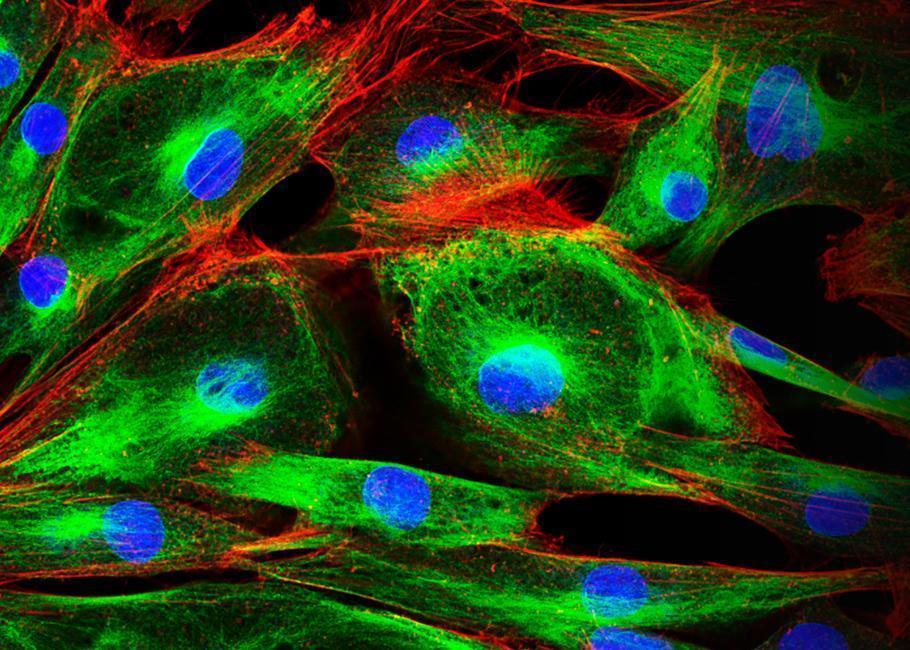The SAGE Oncotest™ Approach
Machine learning-enabled live 3D cancer profiling

1
We create live 3D microtumors of the patient’s biopsy in a day
2
that retain the microenvironment and heterogeneity of the biopsy
3
that retain the microenvironment and heterogeneity of the biopsy
4
to identify the most effective therapy in just one week.
By using the patient’s primary live cancer tissue rather than formalin-fixed tissue of dead cancer cells, the SAGE Oncotest™ empowers oncologists and patients to identify the most effective therapy, overcoming inherent limitations of genomic testing.
Frequently Asked Questions
Genomic sequencing has enhanced our understanding of the biology of cancer and it has led to more effective and more targeted therapies. However, it has two inherent limitations. Most patient cancers don’t have actionable mutations and even if patients have a mutation, many of them don’t respond to the therapy. In fact, Marquart et al. estimated that in 2018 only 5% of patients benefit from genome-informed therapies in the US and that the median overall response rate for those patients was only 54%. Even with more targets being developed over time, it is unlikely that more than 25% of patients will ever benefit from genome-informed therapies, because mutations are “random” changes of the genome. As a result, even today, cancer therapy remains hit or miss.
In contrast, our SAGE Oncotest™ does not depend on specific genomic, epigenomic, transcriptomic, or proteomic signatures. Instead, we can create a plurality of 3D microtumors from fresh biopsy samples. By running multiple tests in parallel, we aim to double your patient’s chance to get the most effective therapy, traditional cytotoxic or targeted, in one week. With our scale and speed, SAGE Oncotest™ delivers the next generation of precision medicine that oncologists and patients need so desperately.
The SAGE Oncotest™ is much faster and more reliable. Both organoids and PDX models are based on growth (proliferation) of the patient’s tumor cells in vitro (organoids) or in an immuno-compromised mouse (PDX). The challenge is that a) it takes many weeks to months to grow and, more importantly, b) very often those patient’s tumor cells don’t proliferate at all so that the test fails to yield any useful information.